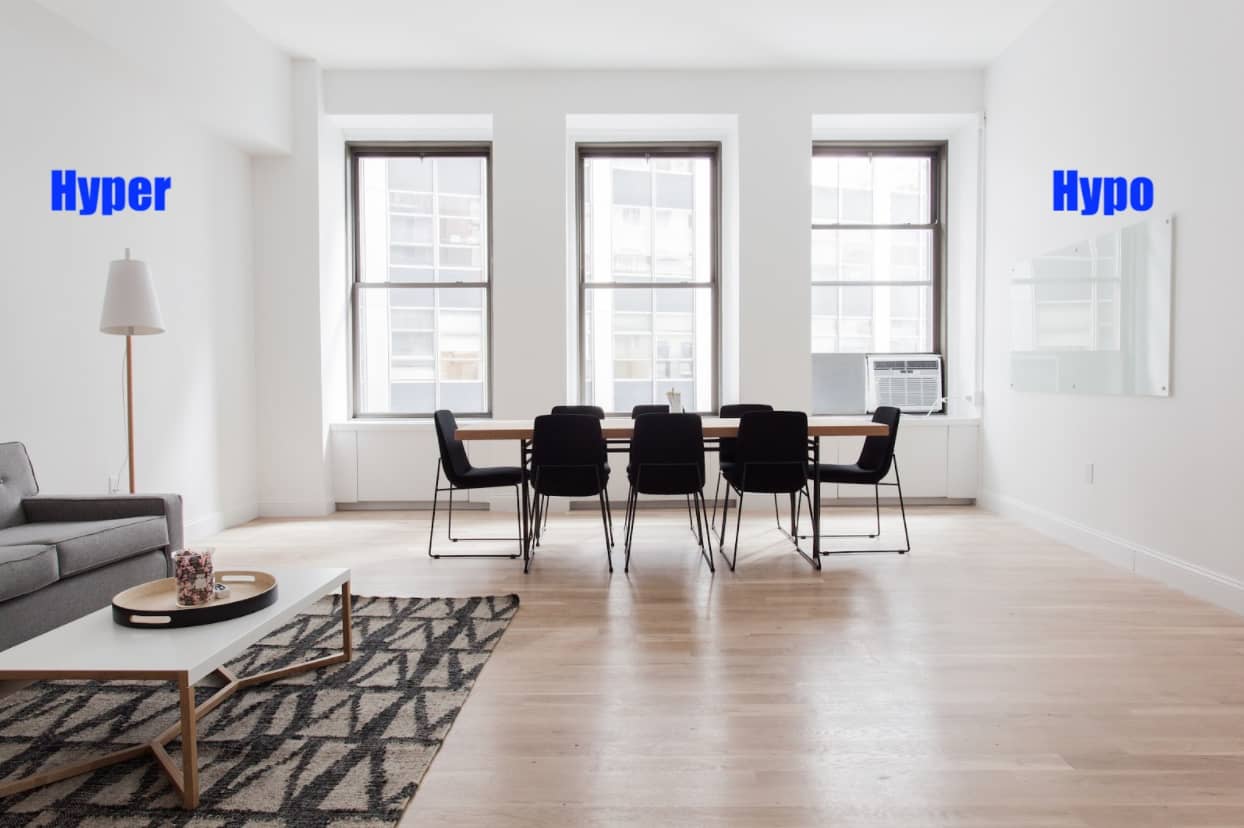 There are six common electrolyte imbalances you need to know.
There are six common electrolyte imbalances you need to know.
Not only do you need to know the names of each one at a glance.
You also have to know their lab values.
Plus, you need to develop your understanding of how and why function.
No doubt about it:
Without proper memory training and study skills, you’ll suffer a ton of overwhelm.
But when you learn the simple techniques I’m about to show you, you’ll have an easy way to remember electrolyte balances.
The best part?
The techniques apply to remembering a lot more too.
Let’s dive in!
How to Remember Electrolyte Imbalances: 5 Proven Acronyms and Mnemonic Devices
Mnemonics for medicine are a dime a dozen.
The problem is that using mnemonic examples cooked up by someone else only works some of the time.
What if the acronyms and mnemonic devices you use were guaranteed to work every time? Or at least 95% of the time, with 100% coming in fast with a bit of correction?
The trick is to stop trying to work with bizarre words like “BACKME” as acronyms for the symptoms of hypercalcemia:
- Bone pain
- Arrhythmia
- Cardiac arrest
- Kidney stones
- Muscle weakness
- Excessive urination
Who ever says or thinks “BACKME”?
The answer is no one and there is nothing striking, unusual, weird or particularly memorable about the acronym.
Try the following instead.
One: Discover the Power of Association
Starting with the word “hypercalcemia,” let’s free-associate.
What comes to mind when you think of “hyper”?
For me it’s Star Trek, which involves a spaceship that often goes into “hyperdrive.”
Now instead of struggling to remember what each and every word in “BACK ME” refers to, imagine doing this in your mind instead.
Two: Create a Meaningful Story
Spock needs calcium – he’s suffering from hypercalcemia. So he tells Captain Kirk, “I need you to BACK ME up and take us into hyper drive so I can resolve these symptoms I’m having.”
You then imagine Spock going through all of the symptoms in the acronym.
Now, Star Trek might not be a source of associations that works for you. But if you think about your favorite series, books or movies, you can find something similar.
Don’t worry about being creative. The trick here is to base everything on associations that are already in your memory.
Why does this process of association work? The answer is active recall and studies have proven these techniques work especially well for medical terminology.
Three: Scale the Amount You Can Learn By Using A Memory Palace
The six most common electrolytes you’ll be responsible for are:
- Sodium
- Potassium
- Calcium
- Chloride
- Magnesium
- Phosphate
Rather than try and make an acronym of that list, create six Memory Palaces instead.
What’s a Memory Palace?
It’s a simple way to turn a home or room you’re familiar with into an information storage and retrieval device.
For example, instead of having the story method we used with Spock and Captain Kirk float around in the void of our minds, we can locate it in space instead.
The Memory Palace technique involves choosing strategic locations, such as a couch in a room. You then mentally “place” your associations so you can revisit them later. Revisiting them a few times is key to getting the target information into long term memory.
I’ve got many more Memory Palace examples for you, and you can register for this:
[LEAD CAPTURE]
Four: Strategize Your Memory Palaces
I recommend that you start by having at least six Memory Palaces, one for each electrolyte.
Then, you can think about using the walls to help you organize imbalances in terms of opposites as one possible strategy.
For example, you can arrange any information related to hyper- and hypo- terminology on opposing walls of a Memory Palace.
Likewise, you can compound similarities.
Let’s say that you find the Spock story works really well for you. To add the meaning of hypocalcemia to hypocalcemia, you could supplement it with another association.
These kinds of compounded fluid and electrolytes mnemonics will help you make progress a lot faster.
Anytime you come across similarities that seem too similar, add more multisensory elements and distribute the information across more areas in your Memory Palace.
Five: Add Multisensory Elements
When many people first start using medical mnemonics, they choose associations that are vague and generic.
We’ve already skipped that problem by making sure our associations are based on information we already know, like a popular TV show.
But sometimes that won’t be enough.
Let’s say you’re struggling to remember that hyponatremia takes place when the concentration of sodium in your blood is abnormally low.
You’ve using the famous hypnotist Derren Brown inducing you into a dream so he can steal your salt as an association. (hypon + dream helps you recall the basic sound atremia.)
To make this association more multisensory, add sounds, physical sensations, tastes, smells and emotions. If you’re rusty at this step, these visualization exercises will help.
Electrolyte Mnemonics Are a Dime a Dozen
You can find endless examples all across the Internet.
Countless medical education companies are willing to take your money for their electrolyte mnemonics too.
In my view, it’s all fraud. Even if some of their suggestions work some of the time.
Why?
Because they’re not teaching you how to create your own.
Ancient books like Rhetorica ad Herennium made this point a long time ago.
It says that you should only give learners 2-3 mnemonic examples. Any more than that and you’re robbing the learner of their opportunity to pick up the skill.
I hope the examples on this page helped you out.
And if you’d like more doing-based training, grab my FREE Memory Improvement Kit:
It will walk you through the most important steps to take so that you can rapidly create associations.
That way, you’ll be able to pass your exams with flying colors.
And you’ll be an incredible professional too because of how these techniques make it easy and fun to remember anything.
Related Posts
- How to Memorize Functional Groups (Once and For All)
You don't have to struggle to memorize functional groups. These simple tips make learning them…
- How to Remember Diatomic Elements: A Proven Mnemonic
When you need to remember diatomic elements quickly, this simple and fun technique excels. Learn…
- How to Remember Diatomic Elements: A Proven Mnemonic
When you need to remember diatomic elements quickly, this simple and fun technique excels. Learn…








